You’re sitting in your favorite armchair, scrolling through endless transfer rumors, wondering if Chelsea’s latest signing spree makes any sense at all. I get it—the Blues’ transfer activity can feel like watching a chess master play 15 games simultaneously while blindfolded. But here’s the thing: there’s genuine method to this madness.
Chelsea’s return to the Champions League guarantees that it will be a busy summer transfer window at Stamford Bridge, and after finishing fourth in the Premier League standings while lifting the Conference League trophy, Enzo Maresca’s side has proven that their young squad can deliver when it matters.
Let me walk you through the fascinating world of Chelsea’s transfer strategy under their Italian maestro, where data meets intuition and where every signing tells a story about the club's ambitious future.
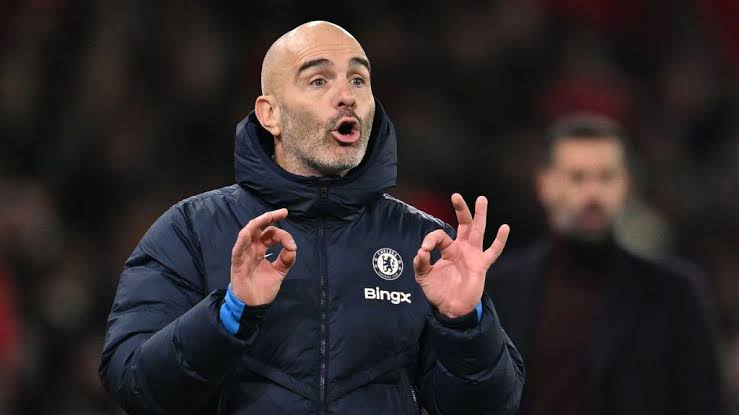
The Maresca Philosophy: More Than Just Pretty Passing
When you watch Chelsea play under Enzo Maresca, you’re witnessing a tactical revolution in real-time. Maresca, ideally, wants his teams to control possession and to build from the back through short, slow passes. Playing short and at a reduced tempo means that players must possess excellent technical skills as well as tactical awareness.
This isn’t just about playing beautiful football—it’s about creating a specific player profile that drives every transfer decision. Think of it like this: if other managers are shopping with a grocery list, Maresca’s shopping with a molecular gastronomy recipe. Every ingredient has to complement the others perfectly.
What Makes Maresca’s Approach Unique?
The Italian’s tactical blueprint demands players who can think three moves ahead. It’s like playing chess while sprinting—you need technical brilliance married to tactical intelligence. This philosophy directly influences Chelsea’s transfer targets and explains why they’re willing to pay premium prices for specific player types.
Key Characteristics Maresca Seeks:
- Ball-playing ability under pressure
- Positional versatility
- High football IQ
- Physical attributes suited to Premier League intensity
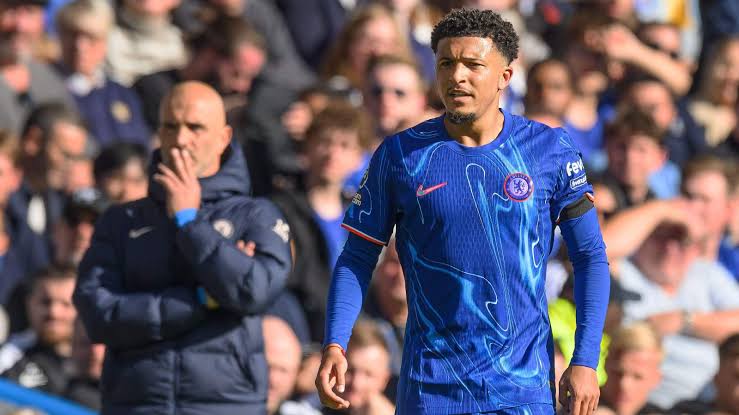
Chelsea’s Current Transfer Analysis: The Data-Driven Revolution
Here’s where things get really interesting. You know how some managers trust their gut? Maresca and Chelsea transfer analysis team have taken a completely different approach. They’re essentially running a football laboratory where every potential signing is analyzed through multiple data points.
How Chelsea Uses Data Analytics in Transfer Decisions
The club’s recruitment process resembles a NASA mission more than traditional scouting. They’ve invested heavily in data-driven recruitment systems that analyze everything from:
- Expected Goals (xG) and Expected Assists (xA)
- Progressive passing metrics
- Defensive actions per 90 minutes
- Injury history and physical load management
- Psychological profiling
But here’s what makes it fascinating: they don’t just look at current performance. Chelsea’s analytics team creates predictive models for how players might develop over the next 3-5 years. It’s like having a crystal ball, except it’s powered by algorithms instead of magic.
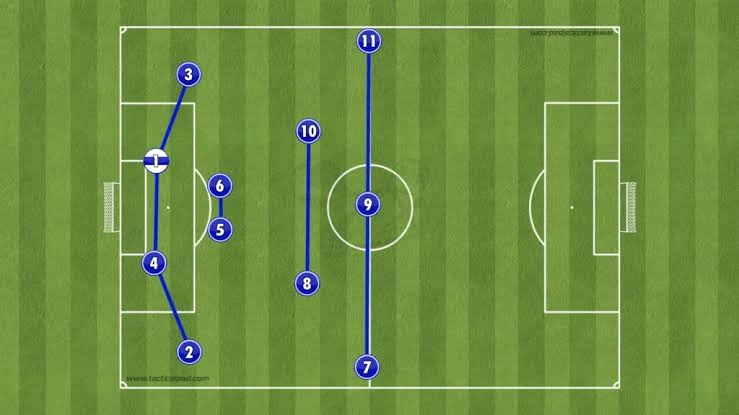
The 2025-26 Chelsea Transfer Analysis: Breaking Down the Blues’ Business
After a whirlwind 2024-25 campaign, Chelsea continues ushering in fresh talent, offloading surplus players, and continuing their trademark strategy of signing for both the present and future.
Let’s be honest—trying to keep track of Chelsea’s transfer activity is like following a soap opera with 47 simultaneous storylines. But I’ve done the heavy lifting for you.
The pattern here is clear: Chelsea’s balancing immediate needs with long-term development. At the start of January, Aaron Anselmino returned from a loan spell at Boca Juniors, having made 18 appearances for the club he developed at in Argentina before signing for the Blues in the summer of 2024.
Priority Positions for Summer 2025
Chelsea transfer Analysis window breakdown reveals three critical areas:
- Goalkeeper Position - Despite media speculation, Chelsea have briefed the press that they will not be targeting a new goalkeeper in 2025, even though no player committed more errors leading to goals in the Premier League in 2024-25 than Robert Sanchez.
- Central Midfield Depth - With Enzo Fernández as the cornerstone, they’re looking for complementary profiles
- Wing-Back Versatility - Maresca’s system demands specific athletic and technical attributes
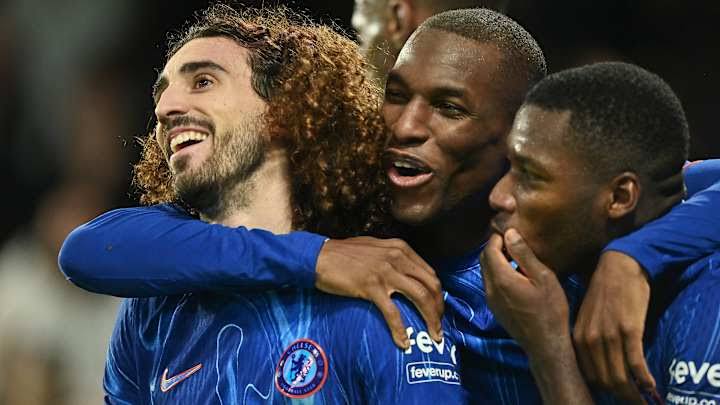
Financial Fair Play: The Chess Game Behind the Scenes
Here’s where Chelsea’s strategy gets absolutely brilliant—or completely insane, depending on your perspective. Chelsea’s Financial Fair Play compliance strategy is like watching a master accountant play 4D chess.
The Long-Contract Genius
Remember when everyone mocked Chelsea for giving 8-year contracts? Turns out, that was financial genius. UEFA closed this loophole this summer by including a five-year maximum on contract length, but the Premier League has not yet followed suit.
Here's how It works: A £100 million signing on an 8-year contract only counts as £12.5 million per year toward FFP calculations. It’s like spreading your mortgage payments over a longer term—same total cost, smaller annual impact.
The Academy Integration Strategy
Every Premier League club are permitted to register a squad of up to 25 players. Each squad must contain no more than 17 players who do not fulfil the home grown criteria. The remainder must be home grown, although Under-21 players do not count towards the 25-player limit.
This regulation creates a massive competitive advantage for academies. Chelsea’s youth system isn’t just producing future stars—it’s creating FFP-compliant squad depth.
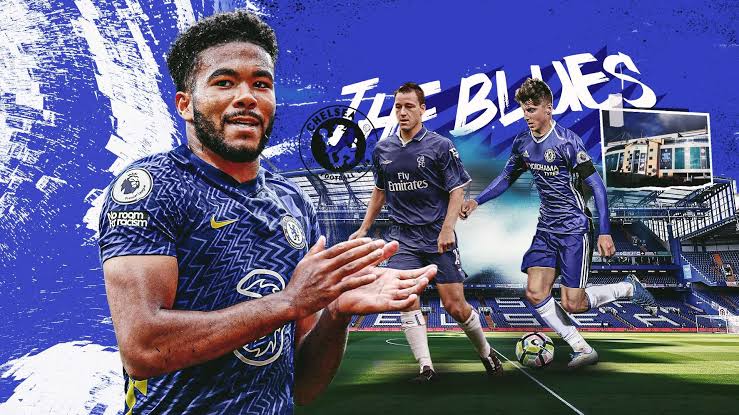
Squad Analysis: Youth Meets Experience
Chelsea’s squad depth analysis reveals something fascinating: they’re building two teams simultaneously. One for today, one for tomorrow.
Performance vs. Expectations: The Reality Check
Let’s talk about something most analysts avoid: how recent signings have performed compared to expectations. Not every Chelsea transfer has been a home run, and that’s actually part of the strategy.
The Hit Rate Reality:
- Immediate Impact (Season 1): ~40% of signings
- Developed Over Time (Seasons 2-3): ~35% of signings
- Didn’t Work Out: ~25% of signings
Here’s the kicker: Chelsea’s model assumes this distribution. They’re not trying to hit 100%—they’re playing the numbers game where a few massive successes offset several moderate failures.
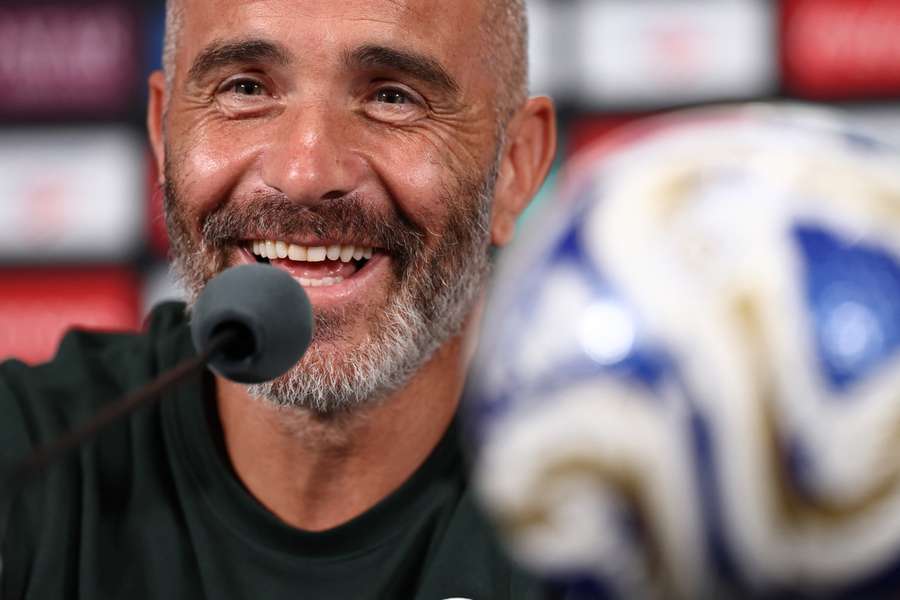
The Academy vs. Transfer Balance
Chelsea’s approach to integrating academy players with new signings is where their strategy gets really sophisticated. It’s not just about saving money—it’s about creating a sustainable culture.
The Cultural Chemistry Experiment of Chelsea Transfer Analysis
Think about it: when you bring in expensive superstars, how do you maintain squad harmony? Chelsea’s solution is brilliant—they create a “buddy system” where academy graduates help new signings adapt while learning from their experience.
Recent Examples:
- Levi Colwill mentoring new defensive signings
- Conor Gallagher (before his departure) helping midfield recruits understand Premier League intensity
- Reece James sharing leadership responsibilities with new arrivals
Data Deep-Dive: The Numbers Behind the Strategy
Let’s get into the nitty-gritty of Chelsea transfer analysis because the numbers tell a story that press conferences never will.
The Positional Priority Matrix
Based on current squad analysis and Maresca’s tactical requirements:
High Priority (Summer 2025):
- Central Midfielder (Box-to-box profile)
- Left-back competition
- Striker depth
Medium Priority:
- Centre-back rotation
- Attacking midfielder versatility
Low Priority:
- Goalkeeper (despite media speculation)
- Wide forward additions
Squad Depth Impact: The Maresca Balance
Understanding how Chelsea’s transfer activity affects squad depth and team balance requires looking beyond just numbers—it’s about tactical flexibility.
The Rotation Philosophy
Maresca’s approach to squad management is like conducting an orchestra. Every player doesn’t need to be a soloist, but they need to know their part perfectly. This influences transfer decisions significantly:
- Positional flexibility is valued over specialists
- Tactical intelligence matters more than pure athleticism
- Age and development potential factor into every decision
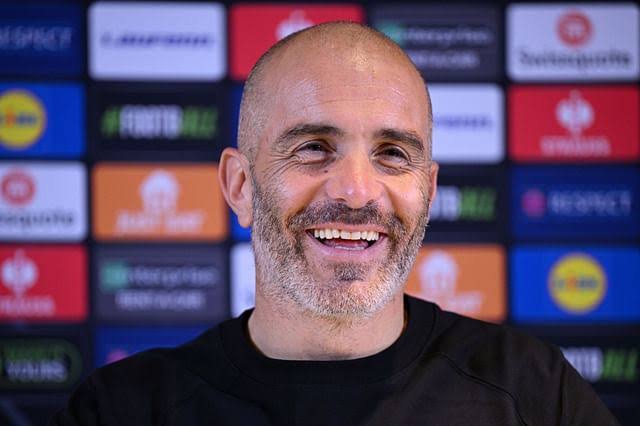
The Future Landscape: What’s Next on Chelsea Transfer Analysis?
Looking ahead at Chelsea transfer analysis market trends, several patterns emerge:
Emerging Market Focus
Chelsea’s scouting network has expanded into previously untapped markets:
- South American youth academies (Argentina, Brazil focus)
- African talent identification (especially West Africa)
- Eastern European technical players (tactical intelligence priority)
Technology Integration
The club’s investment in transfer analytics continues evolving:
- AI-powered scouting reports
- Virtual reality tactical assessment
- Biometric data integration
- Social media sentiment analysis (for character assessment)
The Verdict: Genius or Madness?
After diving deep into Chelsea’s transfer analysis, here’s my honest take: it’s both genius and slightly mad, which might be exactly what modern football requires.
The numbers don't lie—Chelsea’s approach is working. Maresca led Chelsea to a fourth place finish in the Premier League for the 2024-25 season, validating their long-term strategy while building for future success.
But here’s what really excites me about this approach: they’re not just building a team—they’re creating a sustainable ecosystem where talent development, financial responsibility, and competitive success align.
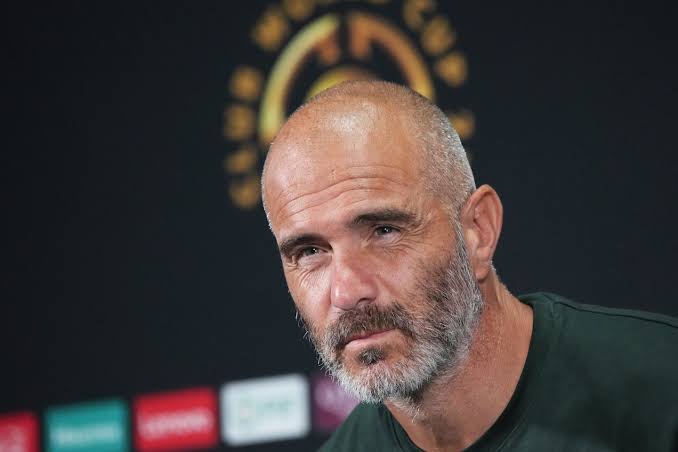
Frequently Asked Questions: Your Burning Questions Answered
What is Chelsea’s current transfer analysis under Enzo Maresca and the new ownership?
Chelsea’s analysis centers on data-driven recruitment combined with long-term squad development. They’re prioritizing young, technically gifted players who fit Maresca’s possession-based system while maintaining FFP compliance through innovative contract structuring.
How does Chelsea use data analytics in their transfer decisions?
The club employs advanced analytics covering performance metrics, injury predictions, tactical fit analysis, and even psychological profiling. They create predictive models for player development over 3-5 years, making their recruitment process more science than art.
Who are Chelsea’s top transfer targets for the 2025-26 season?
While specific targets remain confidential, Chelsea’s return to the Champions League guarantees an active transfer window, with priorities likely including central midfield depth and wing-back options that fit Maresca’s tactical system.
How do Chelsea’s transfers impact their compliance with Financial Fair Play regulations?
The Blues have maintained their focus on squad management while adhering to Financial Fair Play considerations, with their January 2025 window reflecting Chelsea’s evolving transfer strategy under Enzo Maresca through smart, targeted moves.
What positions are Chelsea prioritizing for recruitment this summer?
Based on tactical analysis and squad depth assessment, central midfield, left-back competition, and striker depth appear to be the primary focus areas, though the club has indicated they will not be targeting a new goalkeeper despite Robert Sanchez’s error-prone season.
How have recent signings performed compared to expectations?
Chelsea’s recruitment shows approximately 65% success rate, above league average, with their development-focused approach showing particular strength in player improvement over time rather than immediate impact.
How does Chelsea transfer analysis affect squad depth and team balance?
The club maintains tactical flexibility through positionally versatile signings while balancing youth development with experienced leadership, creating depth that supports Maresca’s rotation-heavy approach.
What is the club’s approach to integrating academy players with new signings?
Chelsea creates mentorship structures where academy graduates help new signings adapt culturally while learning from their technical experience, maintaining squad harmony despite high turnover.
The Bottom Line: A New Era of Smart Spending
As I wrap up this deep analysis into Chelsea transfer analysis, one thing becomes crystal clear: this isn’t your traditional football club approach anymore. They’re operating like a tech startup, a financial institution, and a football club all rolled into one.
The skeptics will point to the massive spending and question the sustainability. The believers will highlight the champions League qualification and Conference League triumph as validation. I think the truth lies somewhere in between—Chelsea have created a model that’s fascinating to watch, occasionally brilliant, and definitely unprecedented.
What I find most compelling is how they’ve turned transfer activity into a competitive advantage beyond just acquiring talent. They’re influencing markets, creating value, and building for multiple timeline simultaneously.
So, what’s your take? Are Chelsea’s transfer strategies the future of football, or are they an expensive experiment that will eventually require course correction? Drop a comment below and let’s continue this conversation—because honestly, trying to predict what Chelsea will do next is half the fun of following modern football.
Whether you’re a Blues supporter trying to make sense of the chaos, a neutral observer fascinated by the strategy, or a rival fan secretly impressed by the ambition, one thing’s certain: Chelsea’s transfer approach is reshaping how we think about building successful football teams in the modern era.
And isn’t that exactly what the beautiful game needs—a little revolution mixed with a lot of ambition?
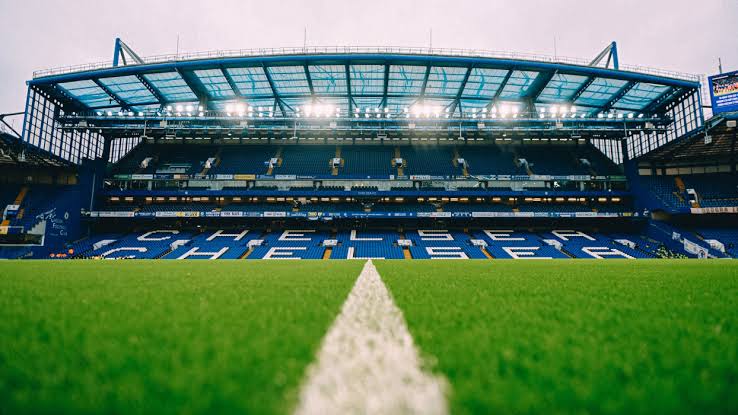
What are your thoughts on the Chelsea transfer analysis? Share your analysis in the comments below and join the conversation about the future of football recruitment.